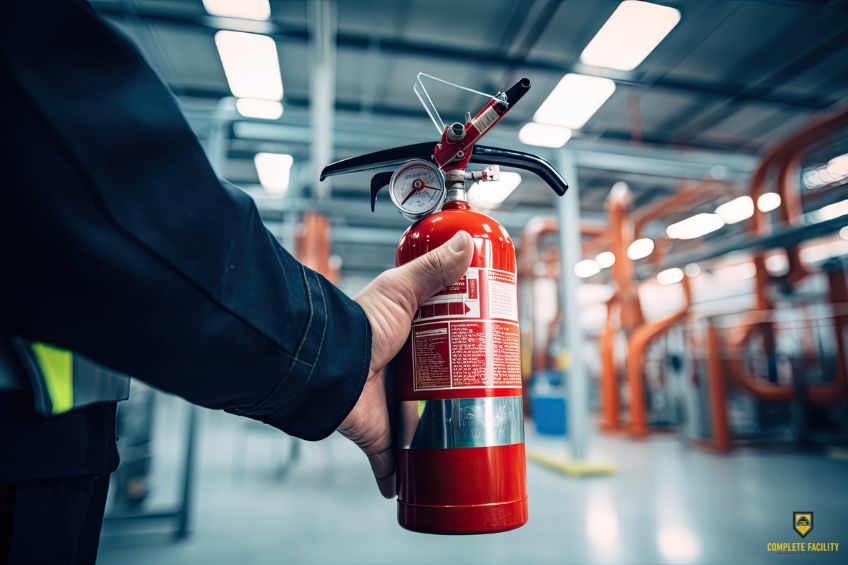
When disaster strikes, facilities without a clear emergency preparedness strategy risk extended downtime, regulatory noncompliance, and major financial losses. For industrial and food processing facilities in Utah—where extreme weather, equipment failure, and fire-related incidents are increasingly common—preparedness must be embedded into daily operations. Integrated Facility Management (IFM) provides a structured, proactive framework that ensures commercial and industrial properties are ready to respond effectively when emergencies occur. In Utah, companies rely on providers like Complete Facility Management Solutions to embed preparedness directly into day-to-day facility operations.
In recent years, Utah has faced a variety of challenges that underscore the importance of emergency preparedness for facilities. A 2024 report from KSL News highlighted how record-breaking summer heatwaves prompted health advisories and raised wildfire danger across the state. For industrial and commercial facilities, increased fire risk poses a direct threat to building safety, operations, and regulatory compliance. These environmental stressors reinforce the need for proactive emergency planning that addresses region-specific hazards and supports continuity during extreme conditions.
Facilities that operate with high volumes of machinery, perishable goods, or strict safety regulations cannot afford to treat emergency preparedness as an afterthought. Many industrial sites rely on fragmented systems—outsourced fire inspections, internal safety drills, and ad hoc vendor coordination—which often leads to gaps in readiness.
When emergency planning is not centralized, response times are slower, responsibilities are unclear, and inspections are more likely to uncover noncompliance. These inefficiencies increase both safety risks and operational downtime during an actual event.
A well-executed emergency strategy integrates multiple systems and teams across the facility. IFM aligns them under one management structure, making the entire process more reliable and scalable. Effective emergency preparedness for commercial and industrial properties includes:
With these components unified, facilities can anticipate and adapt to disruptions faster and more effectively.
IFM providers like Complete Facility Management Solutions bring structure and consistency to all aspects of facility preparedness. Instead of reacting to emergencies, integrated teams operate proactively—monitoring infrastructure, scheduling preventative maintenance, and maintaining compliance documentation.
Benefits of IFM in emergency planning include:
By having all services aligned under one provider, Utah-based facilities can reduce risk while enhancing performance during high-stress scenarios.
With growing environmental and infrastructure challenges, emergency preparedness is no longer optional for industrial and commercial properties—it’s an operational priority. In sectors like food processing, manufacturing, and multi-tenant commercial buildings, unplanned downtime can be financially damaging and reputation-altering.
Partnering with an Integrated Facility Management provider like Complete Facility Management Solutions ensures your emergency planning is not just reactive, but built into your daily operations. That level of readiness offers more than protection—it offers peace of mind.